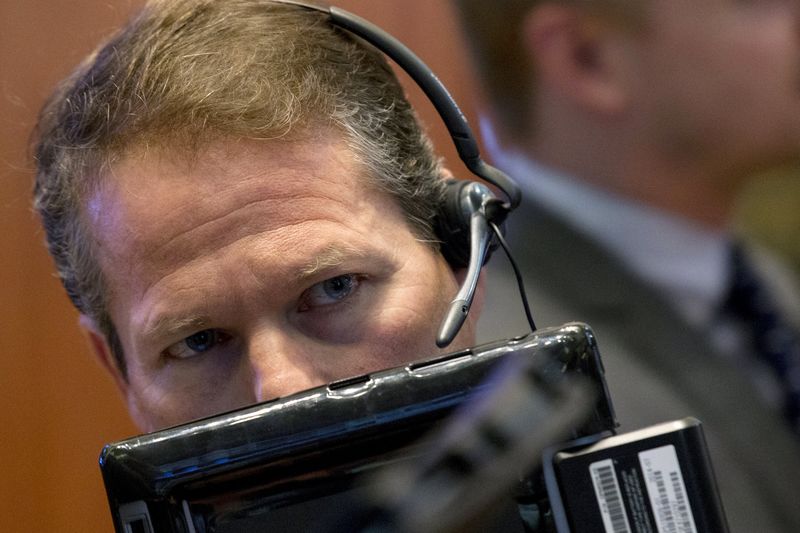Quiver Quantitative - During a pivotal time characterized by global economic uncertainties due to the ongoing conflict in Ukraine, U.S. Treasury Secretary Janet Yellen articulated the G7’s commitment to supporting Ukraine by exploring methods to utilize nearly $300 billion in frozen Russian assets. Speaking at a news conference alongside the spring meetings of the International Monetary Fund and the World Bank in Washington, Yellen emphasized the moral and humanitarian imperative of supporting Ukraine. She also highlighted the economic dimensions of the war, noting its detrimental impact on global economies and stressing the urgency for Congress to pass additional military and budgetary support.
Secretary Yellen expressed concerns about the potential for Russia to be emboldened by signs of waning enthusiasm from the U.S. and its allies towards continuing support for Ukraine. She fears that such perceptions could lead Russia to anticipate a decrease in Western resolve, thereby prolonging the conflict in hopes of outlasting international opposition. This backdrop sets the stage for the G7’s exploration of innovative financial strategies to sustain Ukraine through the conflict, including the potential monetization of the immobilized Russian assets.
The debate on how to best leverage these frozen assets includes a variety of approaches, ranging from using them as collateral to outright seizure. Yellen highlighted ongoing discussions with European Union counterparts about segregating interest income generated from these assets, pointing to a supportive stance from Washington on more aggressive measures proposed by the EU. A senior Treasury official noted that while the full array of options remains on the table, practical limitations exist concerning Ukraine’s ability to absorb such vast sums immediately.
As the G7 meeting approaches, the discussions are set to continue, with Yellen and other officials weighing the risks of potential Russian retaliation against the strategic benefits of each proposed financial action. While no major decisions are expected imminently, the historical precedence of decisive actions, such as the initial freezing of the assets, suggests that significant measures could indeed be realized. This ongoing financial strategy session underscores the complex interplay of economic tactics and geopolitical strategy pivotal to sustaining Ukraine’s resistance.
This article was originally published on Quiver Quantitative
